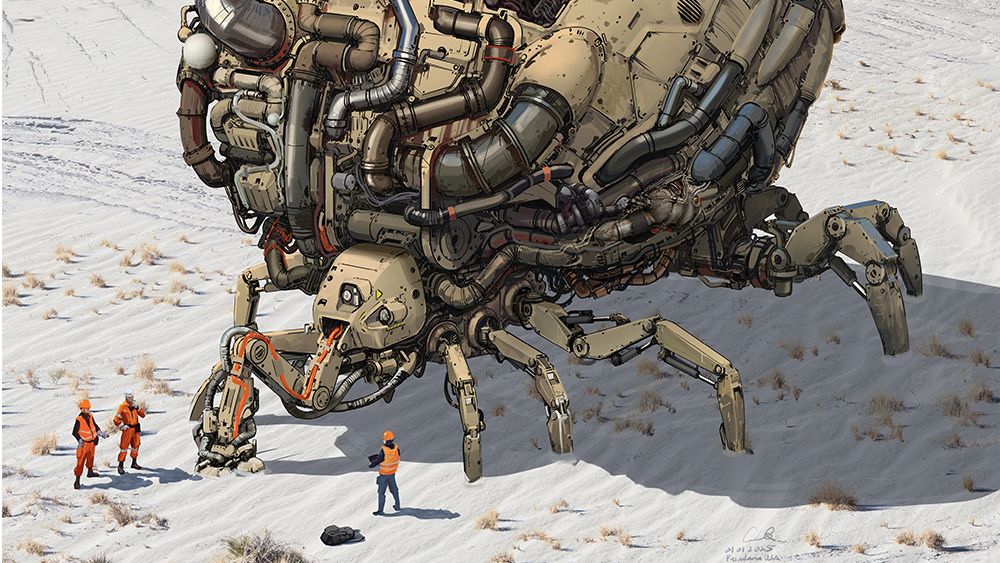Global Carbon Capture and Storage Market Set for Steady Growth Through 2031 Amid Rising Decarbonization Efforts
The Global Carbon Capture and Storage Market is projected to grow significantly over the forecast period, driven by stringent climate regulations, technological advancements, and increasing corporate sustainability commitments. According to the latest market analysis, the industry is expected to register a robust Compound Annual Growth Rate (CAGR) of approximately 6% from 2023 through 2031.
Market Size & Forecast
Base Year (2023): Market baseline established in 2023.
Forecast Year (2031): The market is projected to expand at a CAGR of 6% through 2031.
Key Highlights
Largest Region: North America leads the market, supported by extensive deployment of carbon capture projects, established infrastructure, and regulatory incentives.
Fastest Growing Region: Asia Pacific is anticipated to exhibit rapid expansion due to heightened industrial decarbonization activities and supportive environmental policies.
Largest Segmentation (by Type): Pre-Combustion Carbon Capture holds significant market share, commanding a strong position across industries.
Fastest Growing Segmentation: Post-Combustion Carbon Capture is expected to expand rapidly, driven by retrofitting opportunities in power generation and industrial facilities.
Market Dynamics
Drivers: The global demand for carbon capture and storage technologies is being propelled by ever-tightening emissions regulations and ambitious net-zero targets across governments and corporations. Growing awareness of environmental footprints, particularly in heavy-emitting sectors such as power generation, oil & gas, and chemicals, is driving investment toward advanced CCS solutions. Advancements in capture efficiency and decreasing costs through innovation are further accelerating market adoption.
Restraints & Challenges: Despite positive trends, the market faces headwinds including high upfront capital expenditure, complex regulatory frameworks, and logistical challenges associated with transporting and securely storing captured CO₂. These barriers can delay deployment timelines and constrain near-term growth.
Opportunities: Significant growth opportunities lie in diversification of captured CO₂ applications, such as enhanced oil recovery (EOR), utilization in industrial processes, and emerging direct air capture (DAC) technologies. Expansion of carbon management value chains and supportive policy incentives could prove pivotal in unlocking deeper market penetration, especially in emerging economies.
To more info-
https://reedintelligence.com/market-analysis/global-carbon-capture-and-storage-market
Top Market Players
The global Carbon Capture and Storage market exhibits consolidation, with key players driving technological innovation and large-scale deployments:
ExxonMobil Corporation
Schlumberger
Huaneng
Linde AG
Halliburton
BASF
General Electric
Siemens
Honeywell UOP
Sulzer
Equinor
NRG
AkerSolutions
Shell
Skyonic Corp.
Mitsubishi Heavy Industries
Fluor
Sinopec
Maersk Oil
Hitachi
Segmentation Overview
By Type:
Pre-Combustion Carbon Capture
Oxy-Combustion Carbon Capture
Post-Combustion Carbon Capture
By Application:
Oil & Gas
Power Generation
Petrochemical
Chemical
Industrial Processing
By Region:
North America
Europe
Asia Pacific
Middle East & Africa (MEA)
Latin America
About the Report
The Global Carbon Capture and Storage Market report delivers comprehensive insights into market dynamics, growth drivers, restraints, segmentation trends, and competitive landscape through the forecast period ending in 2031. The analysis highlights key technologies, applications, geographic growth prospects, and strategic opportunities for industry stakeholders seeking to capitalize on global decarbonization initiatives.
Global Carbon Capture and Storage Market Set for Steady Growth Through 2031 Amid Rising Decarbonization Efforts
The Global Carbon Capture and Storage Market is projected to grow significantly over the forecast period, driven by stringent climate regulations, technological advancements, and increasing corporate sustainability commitments. According to the latest market analysis, the industry is expected to register a robust Compound Annual Growth Rate (CAGR) of approximately 6% from 2023 through 2031.
Market Size & Forecast
Base Year (2023): Market baseline established in 2023.
Forecast Year (2031): The market is projected to expand at a CAGR of 6% through 2031.
Key Highlights
Largest Region: North America leads the market, supported by extensive deployment of carbon capture projects, established infrastructure, and regulatory incentives.
Fastest Growing Region: Asia Pacific is anticipated to exhibit rapid expansion due to heightened industrial decarbonization activities and supportive environmental policies.
Largest Segmentation (by Type): Pre-Combustion Carbon Capture holds significant market share, commanding a strong position across industries.
Fastest Growing Segmentation: Post-Combustion Carbon Capture is expected to expand rapidly, driven by retrofitting opportunities in power generation and industrial facilities.
Market Dynamics
Drivers: The global demand for carbon capture and storage technologies is being propelled by ever-tightening emissions regulations and ambitious net-zero targets across governments and corporations. Growing awareness of environmental footprints, particularly in heavy-emitting sectors such as power generation, oil & gas, and chemicals, is driving investment toward advanced CCS solutions. Advancements in capture efficiency and decreasing costs through innovation are further accelerating market adoption.
Restraints & Challenges: Despite positive trends, the market faces headwinds including high upfront capital expenditure, complex regulatory frameworks, and logistical challenges associated with transporting and securely storing captured CO₂. These barriers can delay deployment timelines and constrain near-term growth.
Opportunities: Significant growth opportunities lie in diversification of captured CO₂ applications, such as enhanced oil recovery (EOR), utilization in industrial processes, and emerging direct air capture (DAC) technologies. Expansion of carbon management value chains and supportive policy incentives could prove pivotal in unlocking deeper market penetration, especially in emerging economies.
To more info- https://reedintelligence.com/market-analysis/global-carbon-capture-and-storage-market
Top Market Players
The global Carbon Capture and Storage market exhibits consolidation, with key players driving technological innovation and large-scale deployments:
ExxonMobil Corporation
Schlumberger
Huaneng
Linde AG
Halliburton
BASF
General Electric
Siemens
Honeywell UOP
Sulzer
Equinor
NRG
AkerSolutions
Shell
Skyonic Corp.
Mitsubishi Heavy Industries
Fluor
Sinopec
Maersk Oil
Hitachi
Segmentation Overview
By Type:
Pre-Combustion Carbon Capture
Oxy-Combustion Carbon Capture
Post-Combustion Carbon Capture
By Application:
Oil & Gas
Power Generation
Petrochemical
Chemical
Industrial Processing
By Region:
North America
Europe
Asia Pacific
Middle East & Africa (MEA)
Latin America
About the Report
The Global Carbon Capture and Storage Market report delivers comprehensive insights into market dynamics, growth drivers, restraints, segmentation trends, and competitive landscape through the forecast period ending in 2031. The analysis highlights key technologies, applications, geographic growth prospects, and strategic opportunities for industry stakeholders seeking to capitalize on global decarbonization initiatives.








